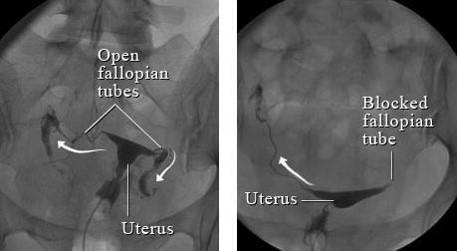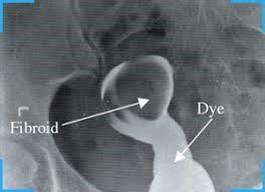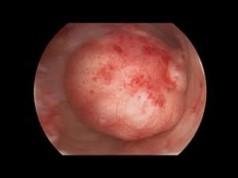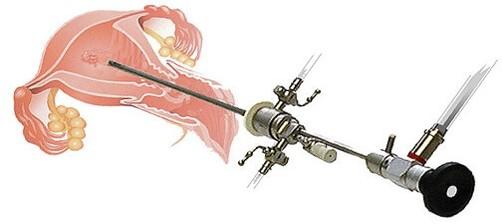


Hysteroscopy is the inspection of the uterine cavity using a thin lighted telescope like device passed through the cervix into the uterus. Image of uterine with tube Solution such as saline or glycine is instilled through the hysteroscope into the uterus to expand it

